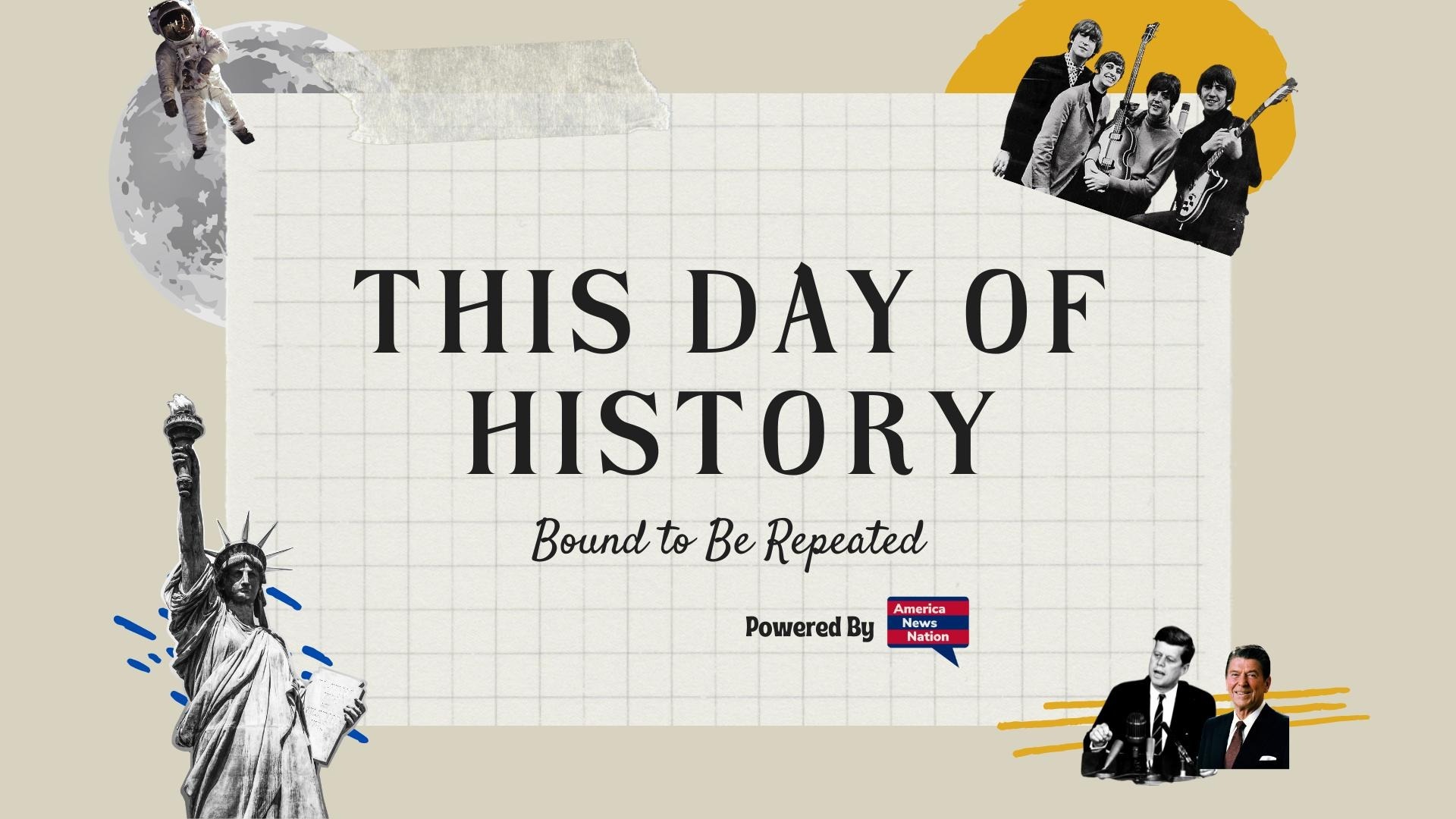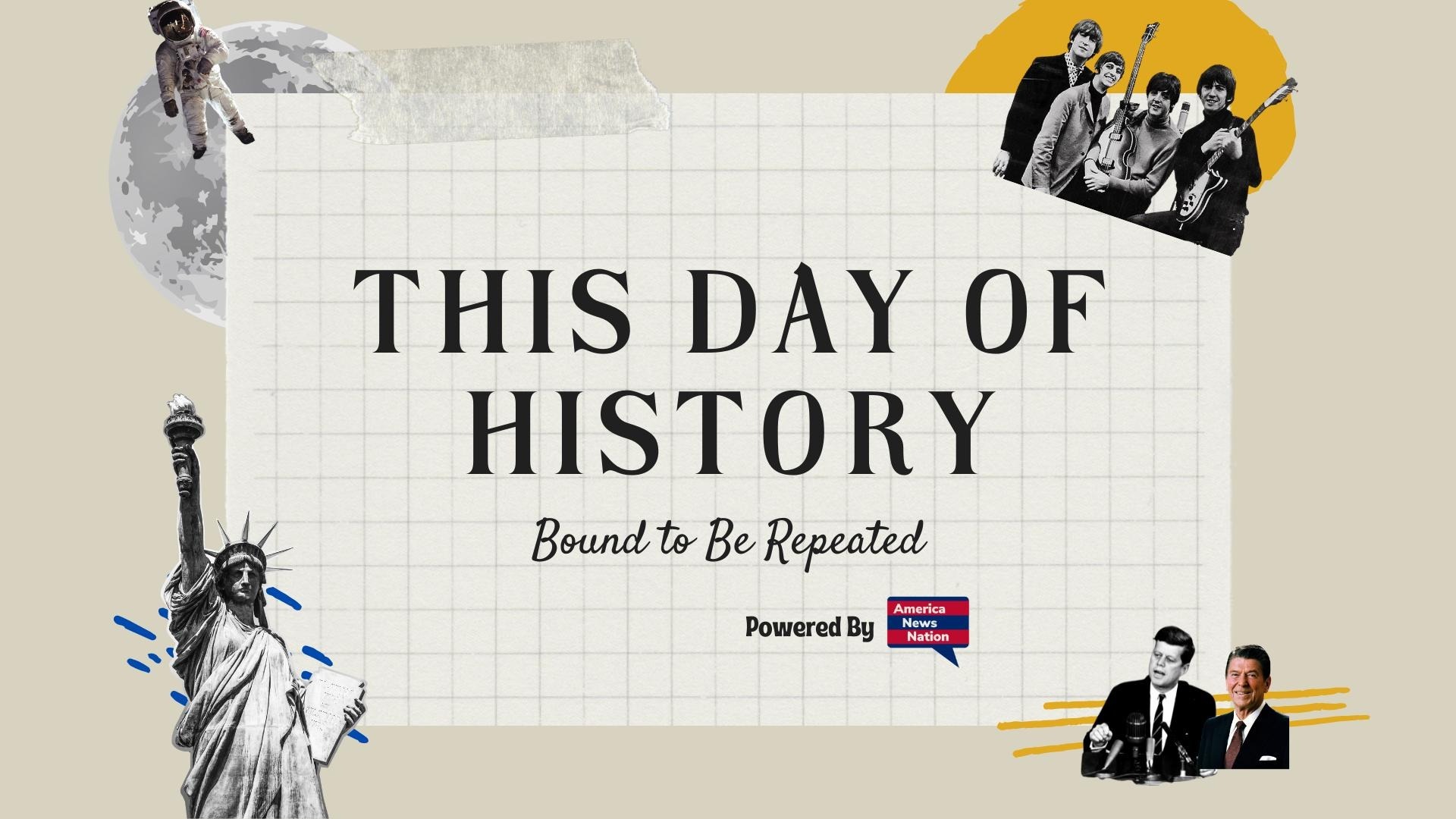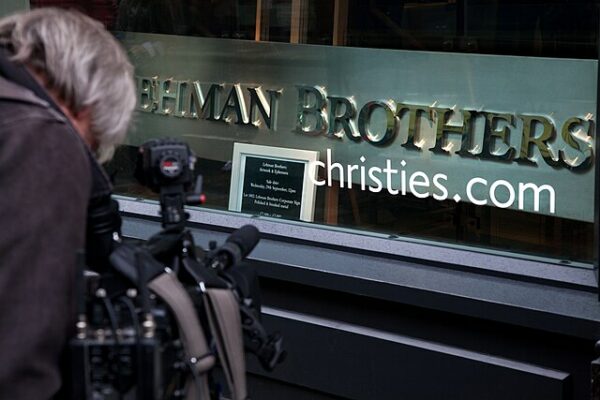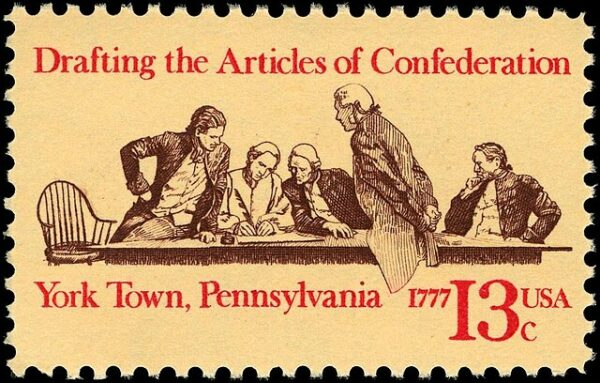The morning of September 15, 2008, began with the unthinkable: Lehman Brothers Holdings Inc., the storied Wall Street firm that had survived the Civil War, the Great Depression, and two world wars, filed for Chapter 11 bankruptcy protection. With more than $600 billion in assets, it was the largest bankruptcy in U.S. history—a cataclysm that sent shockwaves through the global financial system and accelerated what would come to be known as the Great Recession.
Lehman’s downfall did not arrive in isolation. For months, the housing bubble’s collapse had already exposed deep fractures in the American economy. Investment banks and mortgage lenders had gorged on complex financial instruments—subprime mortgage-backed securities and collateralized debt obligations—that promised high yields but carried hidden risks. When homeowners began defaulting en masse, the supposed foundations of modern finance crumbled with stunning speed.
By early September, Lehman Brothers was drowning in losses from its real estate bets, with billions tied up in deteriorating mortgage assets. Unlike Bear Stearns, which the Federal Reserve had orchestrated a rescue for in March, or Fannie Mae and Freddie Mac, which the government had placed into conservatorship just a week earlier, Lehman found itself without a lifeline. Treasury Secretary Henry Paulson, Federal Reserve Chairman Ben Bernanke, and New York Federal Reserve President Timothy Geithner convened frantic meetings over the weekend of September 13–14, searching for a buyer. Barclays and Bank of America both examined the firm’s books but balked at the scale of the losses once revealed.
When the negotiations collapsed, Lehman’s fate was sealed. At 1:45 a.m. Monday, the 158-year-old firm filed for bankruptcy, unleashing panic in global markets. Traders arrived on Wall Street to scenes of chaos: employees carrying boxes out of Lehman’s headquarters, investors dumping stocks, and credit markets freezing as banks grew unwilling to lend to each other for fear of hidden exposure. The Dow Jones Industrial Average plunged 504 points that day, its worst drop since the aftermath of 9/11.
The collapse raised an immediate and troubling question: why had Lehman been allowed to fail when others were saved? Paulson insisted that no buyer could be found and that taxpayers should not shoulder unlimited risk. But the decision marked a fateful break. Confidence evaporated not just in U.S. markets but across Europe and Asia, where banks had also purchased Lehman’s securities. The bankruptcy triggered a chain reaction that ensnared insurance giant AIG, which required a $182 billion federal rescue within days, and forced Congress into passing the $700 billion Troubled Asset Relief Program (TARP) to stabilize the banking sector.
For ordinary Americans, Lehman’s bankruptcy was not a matter of Wall Street accounting but the start of a cascade that destroyed jobs, homes, and retirement savings. Credit tightened, businesses cut back, and unemployment surged. By year’s end, the United States was in the deepest recession since the 1930s. The firm’s collapse became a symbol of both the recklessness of financial institutions and the failures of regulatory oversight.
The legacy of September 15, 2008, extended far beyond Lehman’s vanished balance sheet. It ignited a fierce debate about “too big to fail,” the moral hazard of government bailouts, and the social costs of financial innovation run amok. Congressional inquiries and later reforms, including the Dodd-Frank Act of 2010, attempted to impose stricter oversight on derivatives, capital requirements, and resolution authority for failing institutions. Yet critics argue the reforms left much of Wall Street intact, with even larger banks emerging from the crisis as survivors of a brutal culling.
Lehman Brothers itself was dismembered. Barclays acquired its North American investment banking operations, while Japan’s Nomura purchased its Asia-Pacific arm. Creditors have spent more than a decade untangling the wreckage in bankruptcy court, with partial recoveries but enormous losses. What had once been the fourth-largest investment bank in the United States was reduced to a cautionary tale taught in economics classrooms and memorialized in documentary films.






